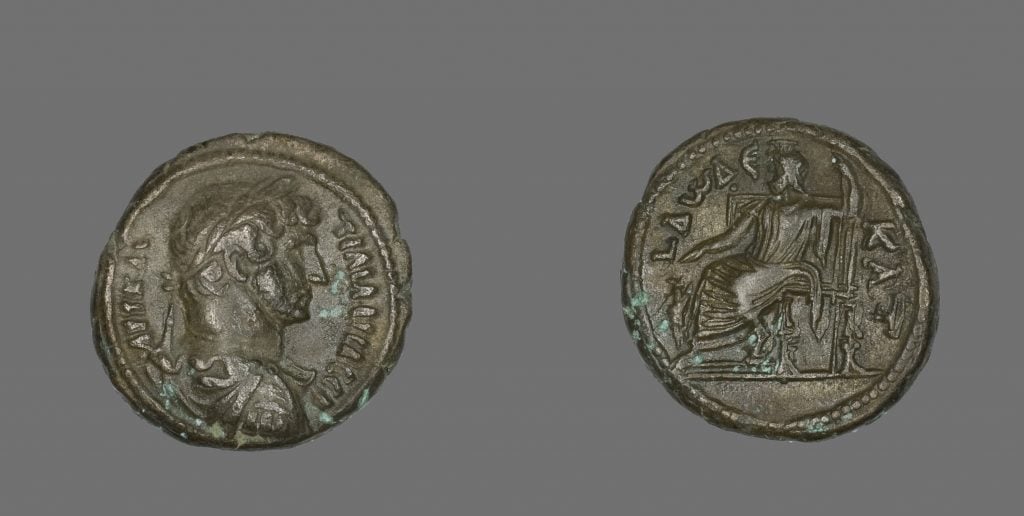Crime
Three Ancient Roman Coins That Were Part of a Hoard Found in the U.K. Were Mysteriously Swapped With Other, More Valuable Coins
The three coins were found missing during an inquest into the original find.

The three coins were found missing during an inquest into the original find.

Adam Schrader

A hoard of ancient Roman coins that was discovered in Cornwall in the U.K. has been tampered with, it was revealed earlier this month, with three coins allegedly swapped with other, more valuable coins.
A now-disbanded treasure hunting group called the Mid Cornwall History Hunters discovered a total of 56 coins in digs in the area between October 2017 and January 2020. The coins, 31 of which date to the reign of Nero (54 to 68 B.C.E.), are a part of what is now referred to as the Lanivet Hoard.
Under the country’s Treasure Act of 1996, anything that could be classified as treasure—including coins that are at least 300 years old—must be reported to authorities in the U.K.
Such finds are considered possible property of the crown except in Cornwall, where it goes to the Duchy of Cornwall. Prince William is the current Duke of Cornwall. The Duchy of Cornwall disclaimed the Lanivet Hoard, which has since been acquired by the Royal Institution of Cornwall, according to Metro.
A coroner would then determine whether the find constitutes treasure. If the coroner deems the trove might be treasure, it then recommends an inquest, or a type of judicial probe, overseen by coroners.
Guy Davies, assistant coroner for Cornwall and the Isles of Scilly, has deemed the Lanivet Hoard treasure under the Treasure Act.
Mid Cornwall History Hunters detected the treasure with permission from the landowners and reported the find to Anna Tyacke from the Royal Institution of Cornwall, who was then the officer responsible for finds in the area.
The inquest for the trove was held at a court in Truro, Cornwall, on July 17, Cornwall Live reported.
Tyacke told the inquest that three of the coins from the original find in October 2017 were missing and had not been reported as possible treasure. Instead, they were substituted for Roman silver coins from the same period that were similar in appearance but worth more.
“The substitute coins looked similar to those found but are actually in a better condition and are more valuable than those they were swapped in for. The substitution does not make sense,” Tyacke said.
The exchange was discovered after a photo of the original batch of coins did not match a picture of those sent to the British Museum for historical analysis. The missing coins have not yet been found.
“The police… interviewed some of the people involved. But as it was someone’s word against another it was difficult to lead to a conclusion as no further evidence was found,” Tyacke said. “It’s all quite suspect but we couldn’t take it any further.”
More Trending Stories: